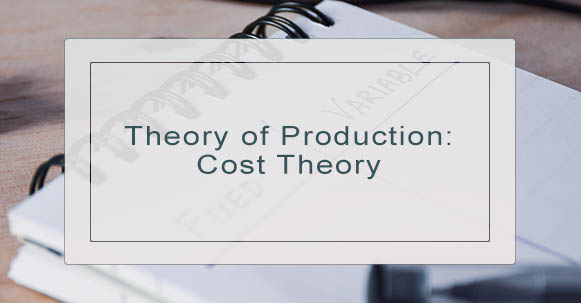Theory of Efficiency Explained
There are three different Theories of Efficiency that we are going to focus on. The first Theory of Efficiency is Pareto efficiency or Pareto optimality. The second is the Kaldor–Hicks improvement, and lastly the Zero-profit condition or Zero Profit Theorem.











